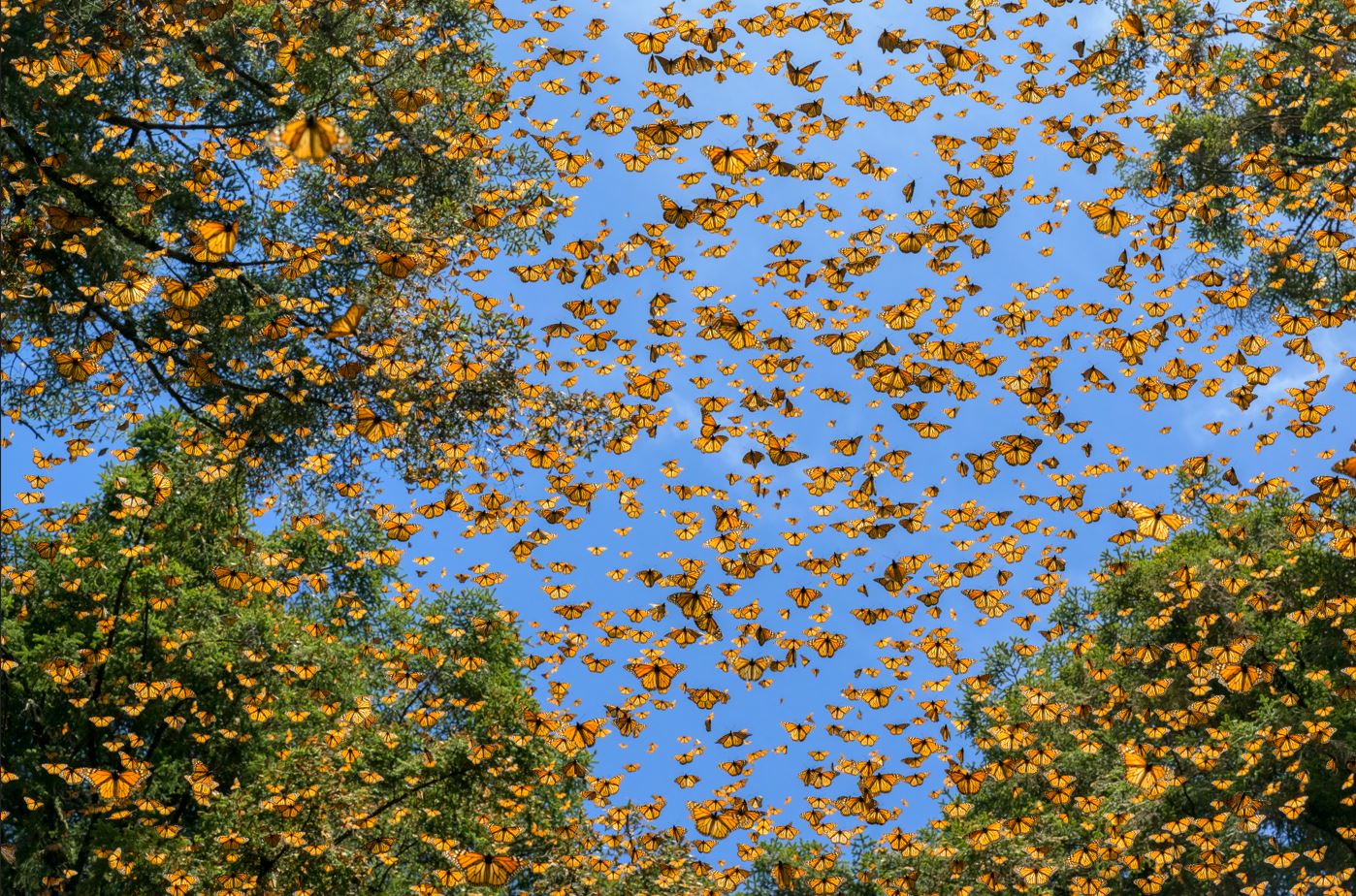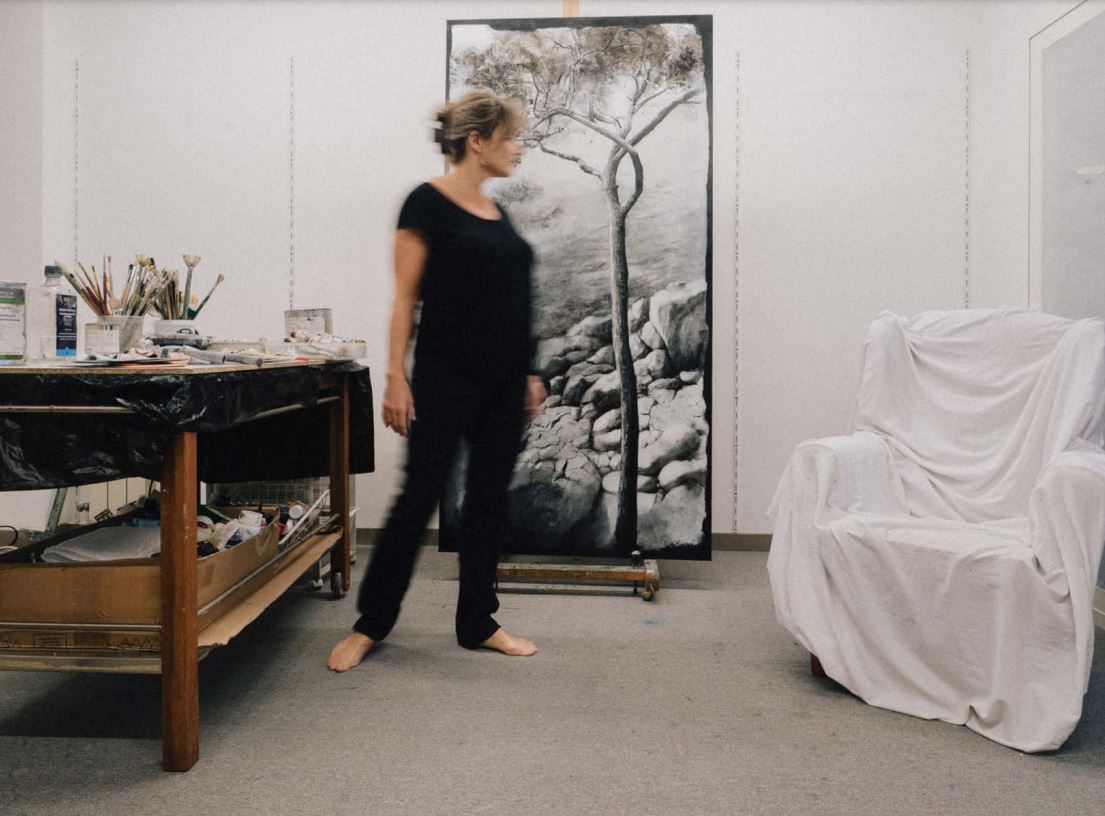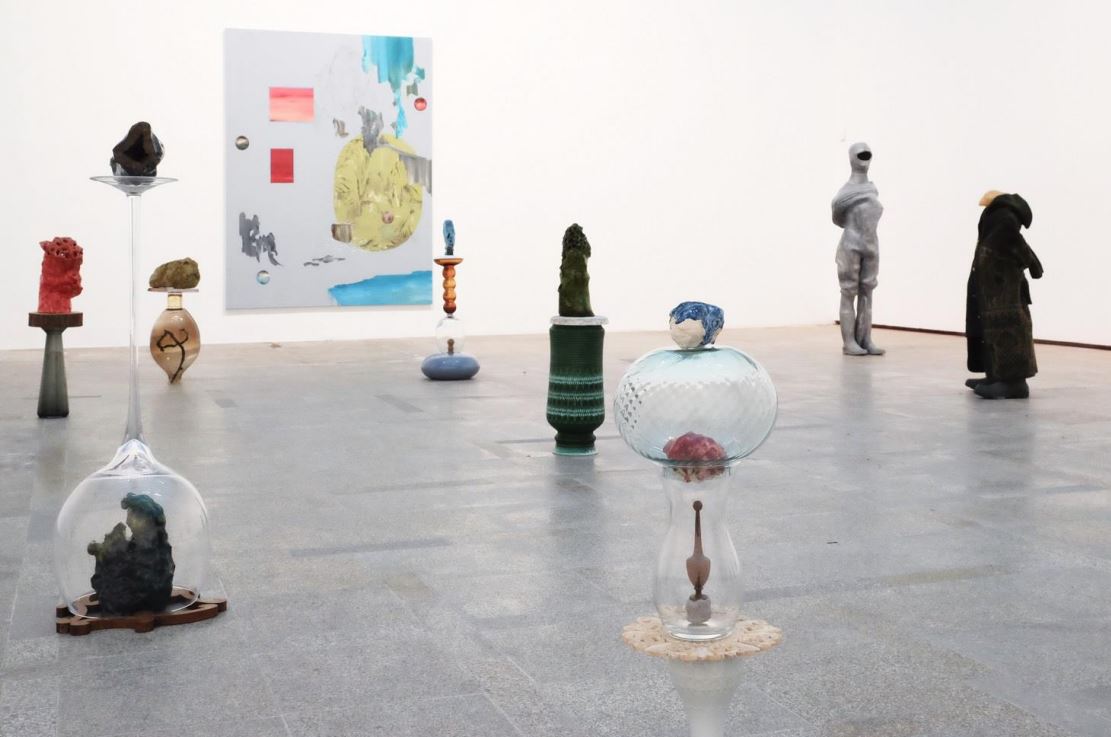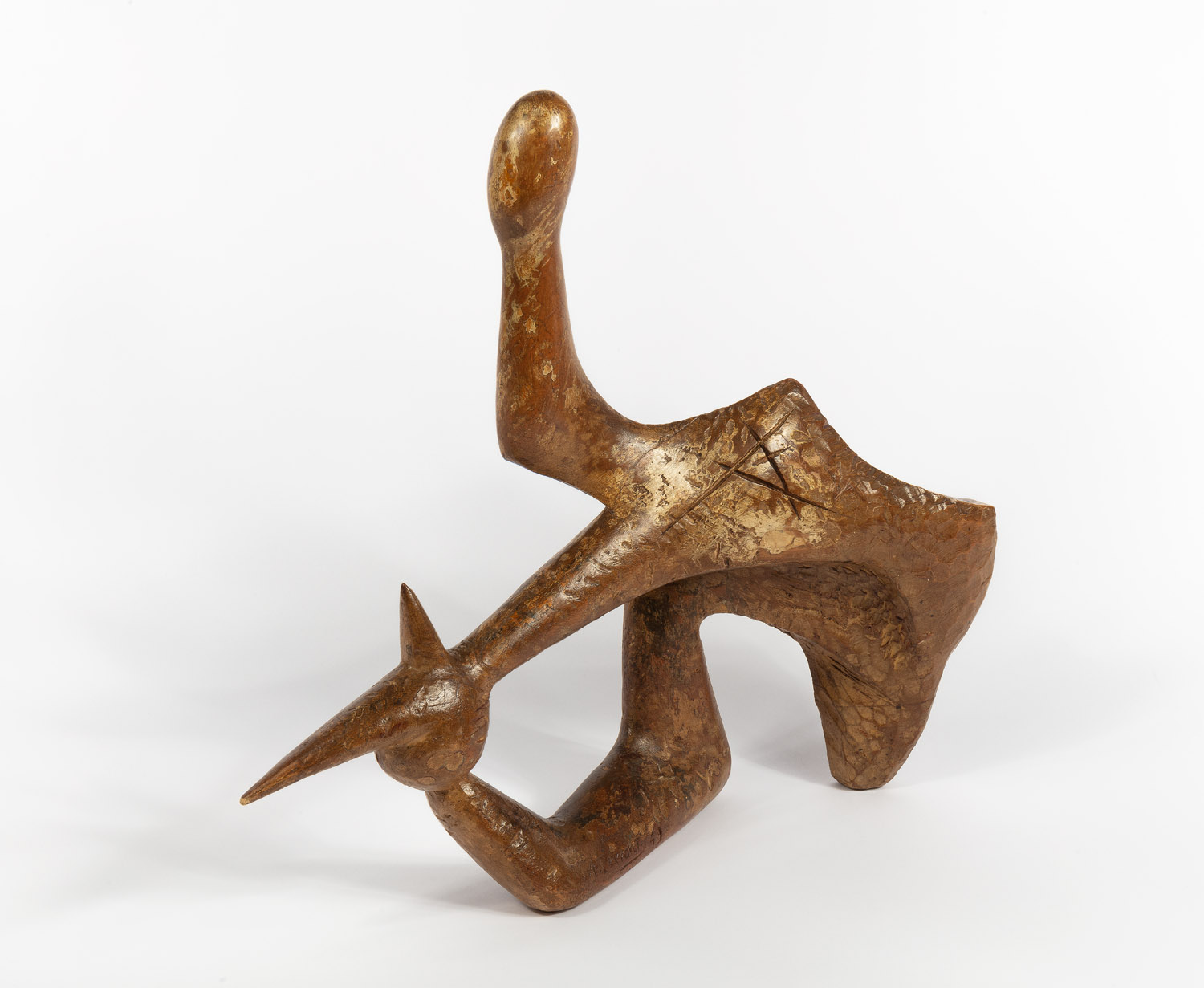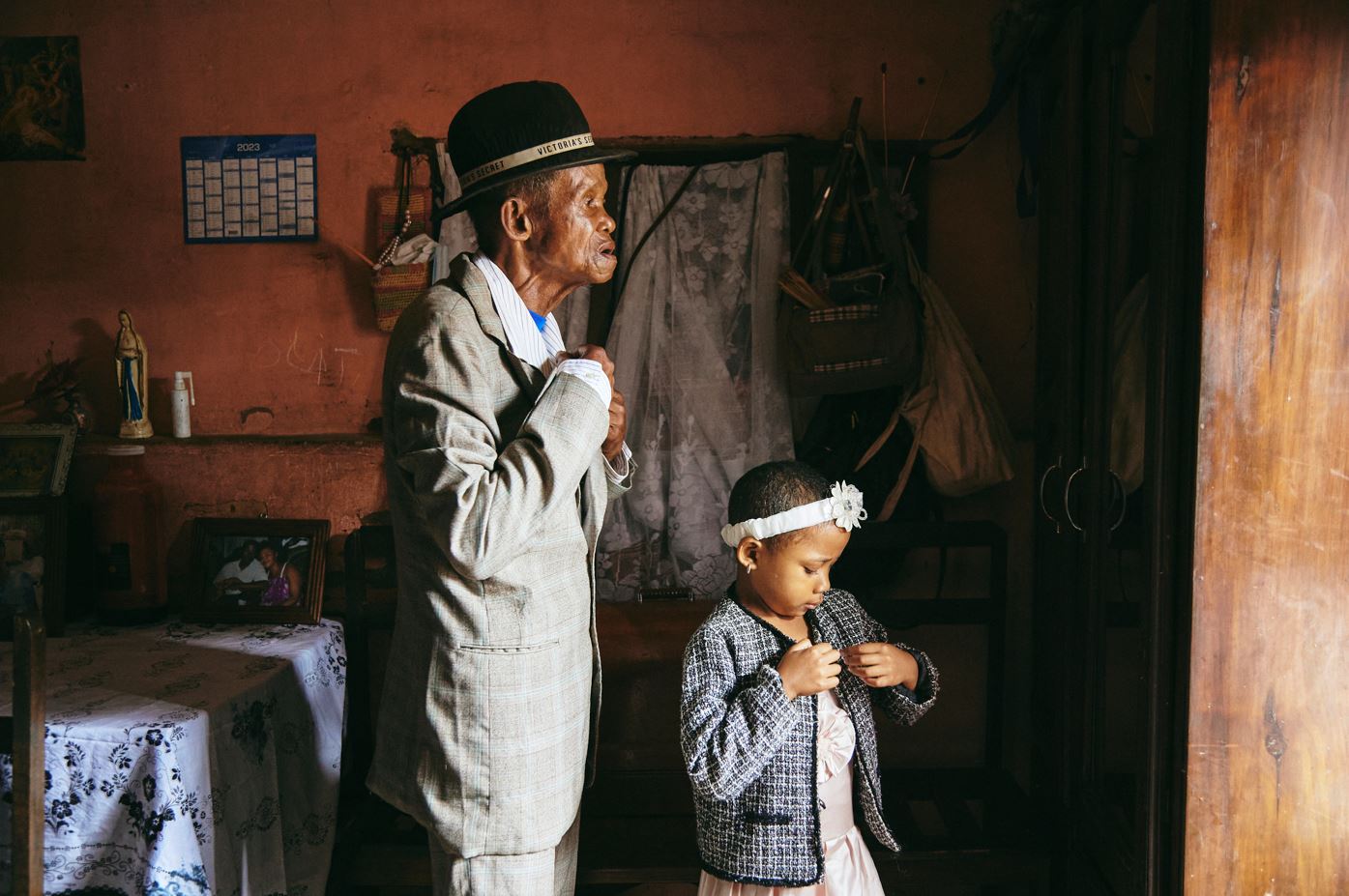
The city of Barcelona is celebrating this year the 20th anniversary of the World Press Photo exhibition, an exhibition of photojournalism that arrives every year at the Center de Cultura Contemporània de Barcelona (CCCB) , organized by the Photographic Social Vision Foundation . Since its first edition in 1955 in Holland, the exhibition, beyond being a photography exhibition, aims to be a space for visual reflection and awareness.
Until December 15, the photographs on display offer a stark view of an increasingly fragile world: the environmental crisis manifests itself through the devastation caused by fires in Australia and Canada, the droughts ravaging the Amazon and destruction caused by earthquakes in Turkey and Syria. We also find portraits of the bloody conflicts between Israel and Hamas, the endless humanitarian struggles in Afghanistan and Ethiopia, the anguish of migration crises, and other less visible realities, such as the challenges of mental health and the challenges faced by women in unequal societies.
As a commemoration of these two decades in the city, World Press Photo incorporates a special installation dedicated to press freedom. During these years, more than a thousand journalists have been killed, a number that has increased alarmingly during 2023, especially in the wake of the conflict between Israel and Hamas. The exhibition vindicates the fundamental importance of these professionals in the transmission of information and the risks they assume to inform and give voice. It also highlights the contrast between the volume of photographs available about the war in Ukraine, the most documented in history, and the difficulty of covering Palestine, where access restrictions for many international journalists limit obtaining 'a truthful testimony.
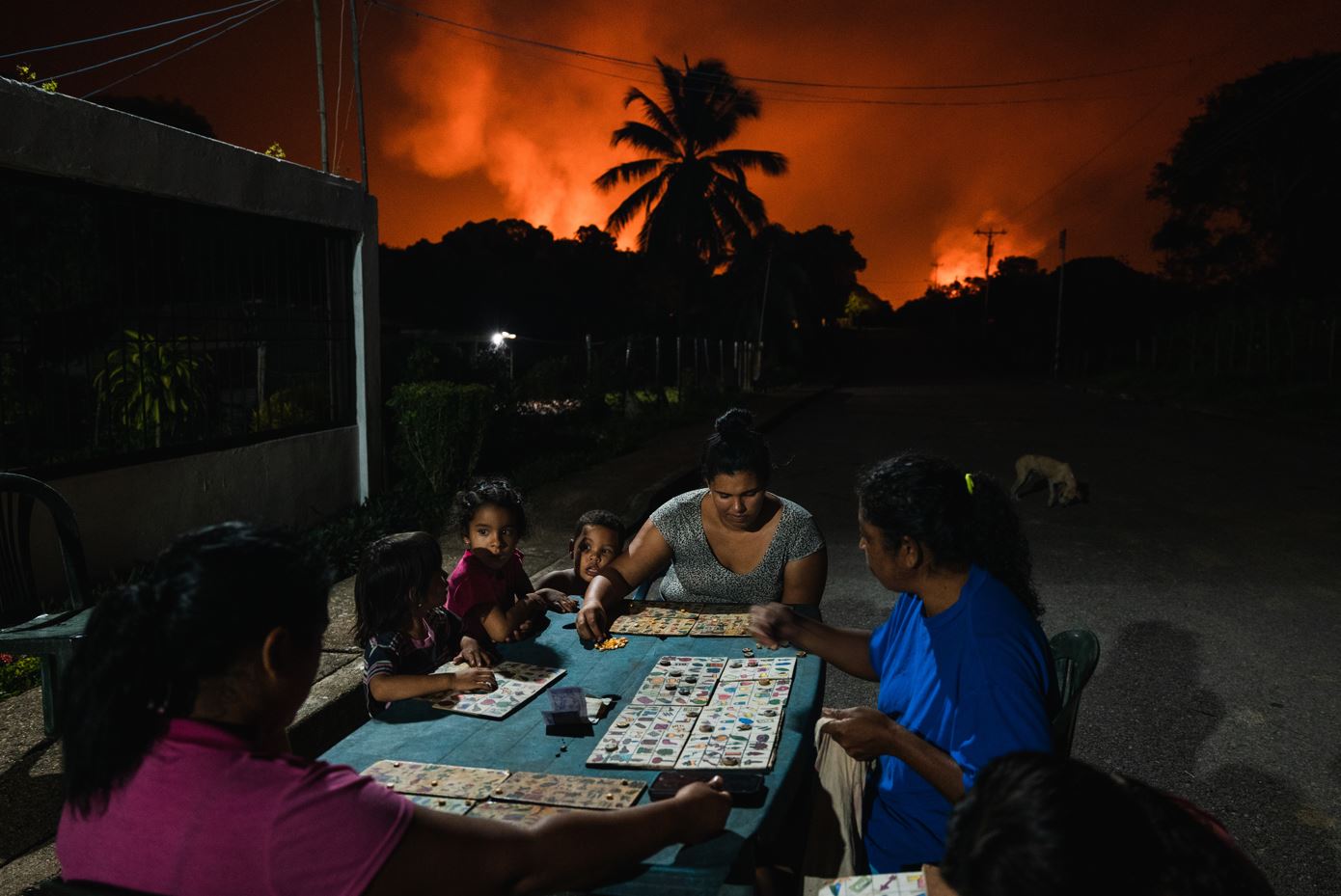
This year, the voices of Mohammed Salem, Lee-Ann Olwage, Alejandro Cegarra and Julia Kochetova rise as powerful witnesses to difficult and deeply human realities. In this context, the Photograph of the Year has been awarded to the Palestinian photographer Mohammed Salem , who has captured the horror of the war in the Gaza Strip, highlighting the devastating consequences of a conflict that has caused an alarming number of civilian deaths, with women and children often the main victims.
In the Graphic Reportage of the Year category, the South African photographer Lee-Ann Olwage has been awarded for 'Valim-babena', a project that explores the care of a daughter to a father with dementia in Madagascar. Through this photo series, we delve into the life of Paul Rakotozandri, known as "Dada Paul", a 91-year-old man who has lived with this disease for years. It is a unique view on a global problem, while dismantling stereotypes associated with Africa, often reduced to conflicts and social problems.
In the Long Term Project category, the Venezuelan photographer Alejandro Cegarra has been awarded for 'Los dos muros', a photographic documentation that narrates the difficult situation of migrants in Mexico. Inspired by his own experience as a migrant from Venezuela to Mexico, the project illustrates the difficulties faced by families in their journey, marked by Mexico's migration policies, restrictions imposed by the United States and economic tensions and politics in Latin America.
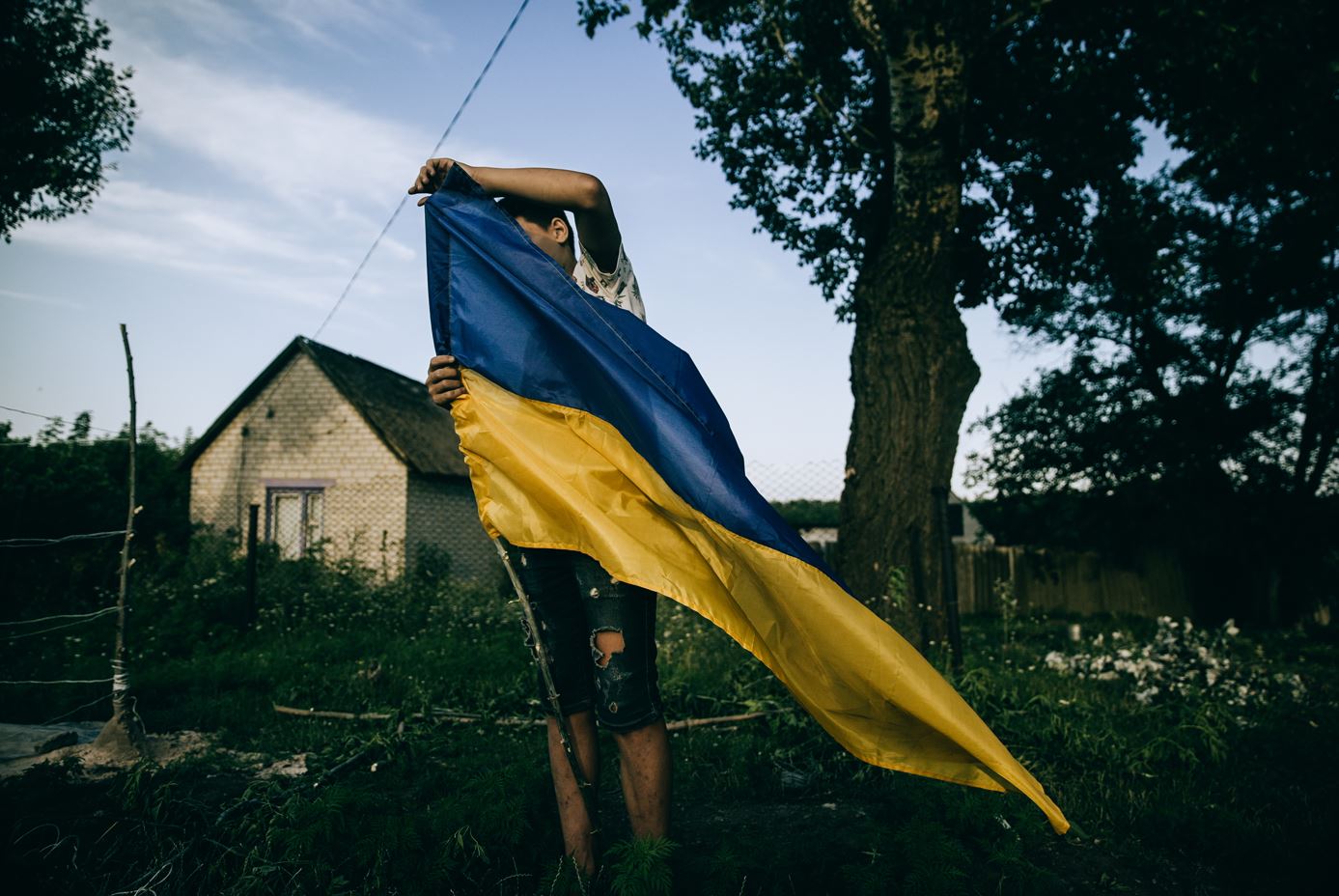
Finally, in the Open Format category, the prize has been awarded to the Ukrainian photographer Júlia Kochetova for her project 'The war is personal'. Through a multidisciplinary website, Kochetova explores how war is lived through a personal journal that fuses photojournalism, poetry, illustration and music, addressing deep questions about how people live with daily violence and uncertainty in protracted conflicts .
Migration problems in the context of animals also appear as a central theme in the 'Saving the monarchs' series, recognized in the Graphic Report category. Photographer Jaime Rojo has captured the efforts of communities in Canada, the United States and Mexico to save monarch butterflies, a symbol of migration and struggle for survival. This report is a testament to international cooperation in environmental conservation and a hopeful response to the challenges of climate change.
The images in the exhibition are, in essence, fragments of contemporary history that help to understand the evolution of the world and the transformative role of photography. Despite the fact that we often see these types of images on the networks, the excess of information inevitably desensitizes us, and the constant flow of photographs numbs us to the suffering and gravity of global events. Exhibitions like this offer us a break to break this inertia and recover, at least for a while, the ability to be truly challenged. We are an active part of this world in crisis and we should share responsibility for its challenges.
